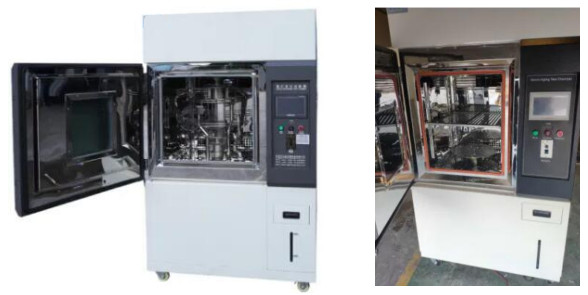- Qinsun Instruments Co., Ltd.
- Tell:+86-21-6780 0179
- Phone:+86-17740808215
- Address:No. 2578 Minhang District Gu Dai Road, Shanghai
- Contact:Mr. Li
- QQ:846490659
Principles for selecting an oven

The outer shell of an oven is generally made of thin steel plate with a painted surface, and the studio is made of high-quality structural steel plate. Fill the space between the shell and the studio with aluminum silicate fibers. The heater can be installed at the bottom or at the top or on both sides. The temperature control instrument adopts a digital intelligent meter.
Purchasing principles:
1、 In terms of oven construction:
1. Oven Studio (Inner Tank): The material of the inner tank also has very high requirements for high-temperature environments. Generally, it is divided into four materials: enamel steel plate, aluminum plated steel plate, galvanized steel plate, and stainless steel.
2. Heating performance: There are generally quartz heating tubes and stainless steel heating tubes on the market, each with its own advantages. Those who focus on energy conservation and environmental protection can choose cheaper quartz tubes, but stainless steel has greater advantages in terms of use and lifespan. Temperature controllers generally use expensive digital simple operations and are easy to control.
3. To improve insulation efficiency, our company produces two types of insulation layers for ovens: asbestos and ceramic fibers, the latter being more environmentally friendly.
2、 Classification of ovens:
1. In terms of oven performance, there are six categories: vacuum oven, hot air circulation oven, explosion-proof oven, precision oven nitrogen filled oven, programmable oven, electric blast drying oven, etc., widely used for heating products in various industries!
2. In terms of oven industry: specialized ovens for electronics, plastics and rubber, electrical equipment, electronics, instrumentation, printing, pharmaceuticals, textile printing and dyeing, machinery, wood, friction materials, glasses, and other industries.
3. The appearance of the oven includes two types: horizontal oven and vertical oven.
4. Oven air supply methods: horizontal air supply and vertical air supply.
5. Rated temperature of the oven: According to the rated temperature of the oven, we can divide it into low-temperature ovens (below 100 ℃, used for aging electrical products, slow drying of ordinary materials, drying of some food raw materials, plastics and other products), and room temperature ovens (100-250 ℃, used for drying moisture, curing coatings, heating, insulation, etc. of most materials), High temperature oven (250-400 ℃, high-temperature drying of special materials, workpiece heating and installation, material high-temperature testing, reaction treatment of chemical raw materials, etc.), ultra-high temperature oven (400-600 ℃, higher working temperature, high-temperature drying of special materials, workpiece heating and heat treatment, material high-temperature testing, etc.).





